Last week, I was in Seattle attending the Climate & Health workshop organized by Climate Advocacy Lab. I was inspired to meet with so many health professionals, including doctors and nurses, the ones who directly interact with us as patients. They certainly know better where our society’s overall health is going and how our climate and environment is affecting us. I don’t get to interact with the people who are directly impacted by the degradation of our climate and environment like the doctors and nurses do, so I have deep respect for their knowledge and what they do every day. Climatic issues such as extreme heat and air pollution have already been linked to respiratory and cardiovascular diseases, as well as mental, reproductive, and immune system health.
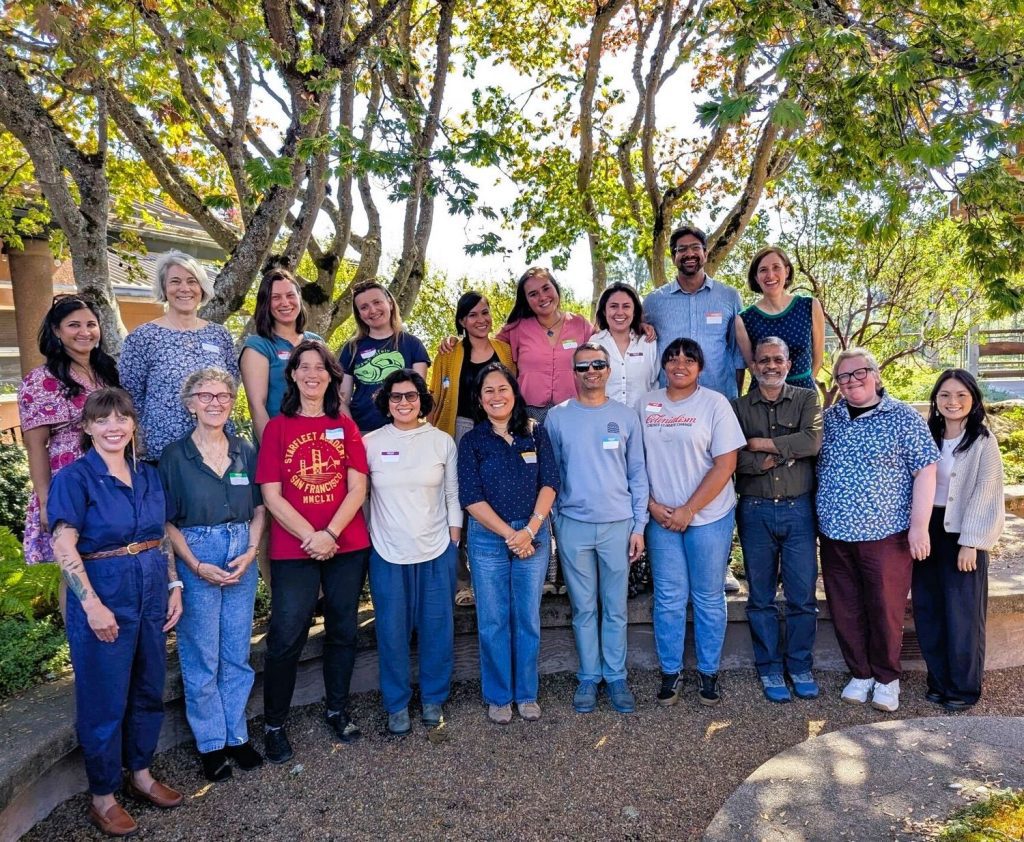
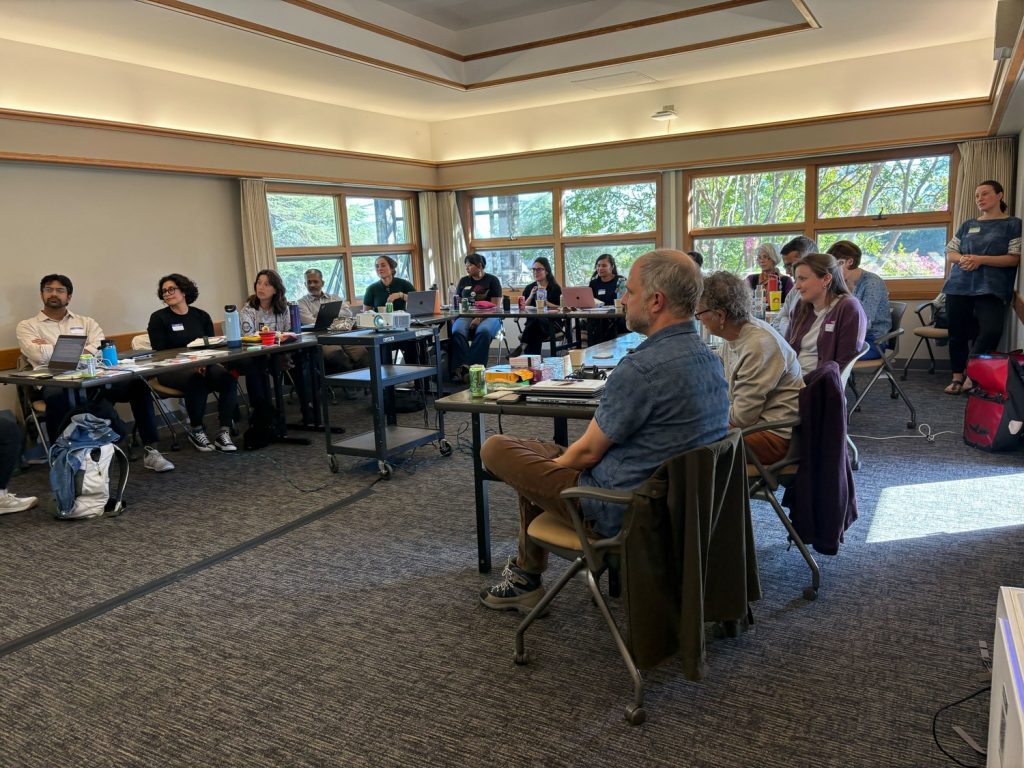
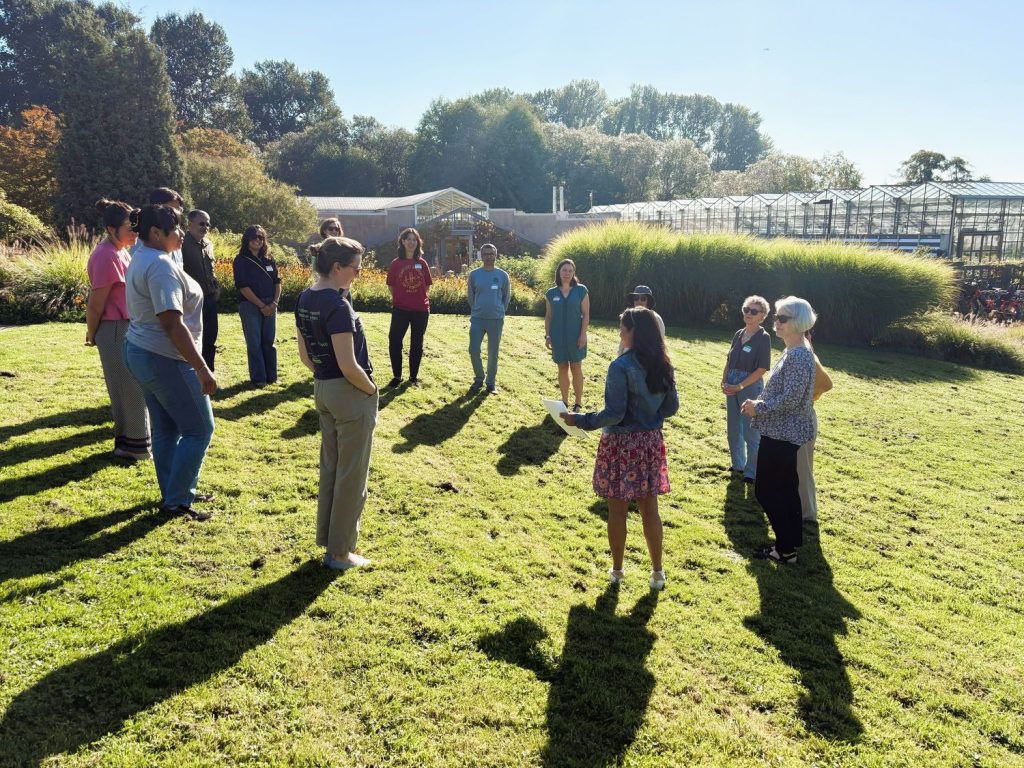
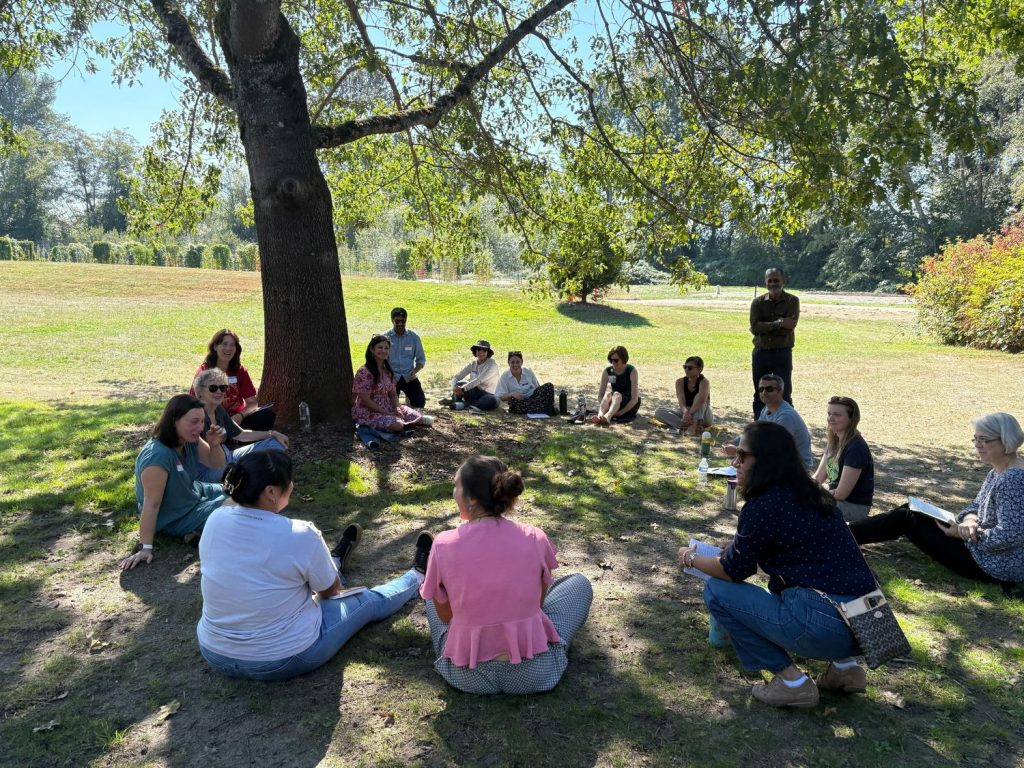
The rainy city of Seattle, also known to be a Coffee Capital didn’t disappoint me at all. However, as the Ethiopean Uber driver showed the Starbucks Headquarter from the window, I had to remind him that the coffee actually originated from Ethiopia. It was my first time in Seattle, but my imagination of it being similar to Vancouver was true. I got the opportunity to see the numerous wetlands Seattle has, and taste the blackberries found on the roadsides, like I did earlier in Vancouver—thanks to my local guide who also attended the training. However, I regret not being able to see the beavers, not going to the Pike Place Market, and especially not meeting with Bill Gates this time in person because of my tight schedule. 😊
One highlight of the workshop was the power of storytelling to bring out the real-world impact of climate and environment on health. Here is my scribbled story that I had shared with the group:
A usual day in my life back in 2008. I am in Kathmandu, one of the most polluted cities in the world. The city is very crowded and always in a rush. I have to go to my office on a motorbike every day. As I step out of my home, I can’t breathe fresh air. I am always on a mask when outside. When I come back home, my clothes are dirty, and my bike is fully covered with dust. As I wipe my bike with a small towel, the cloud of dust appears in the light of the setting sun. I enter my home, change my clothes, and wash my face, after realizing that there was not enough water in the bucket to take a bath (forget about shower).
That day, I really thought about our climate and environment. An immediate question in my mind was: how can I personally come out of this situation? But I was more strongly motivated by the question – what can I do to solve these problems? My career path has been mostly accidental, but those questions certainly played a role in driving me to where I am today.
There are hundreds of stories like this to tell but for now, I leave you with some of the pictures from Seattle.
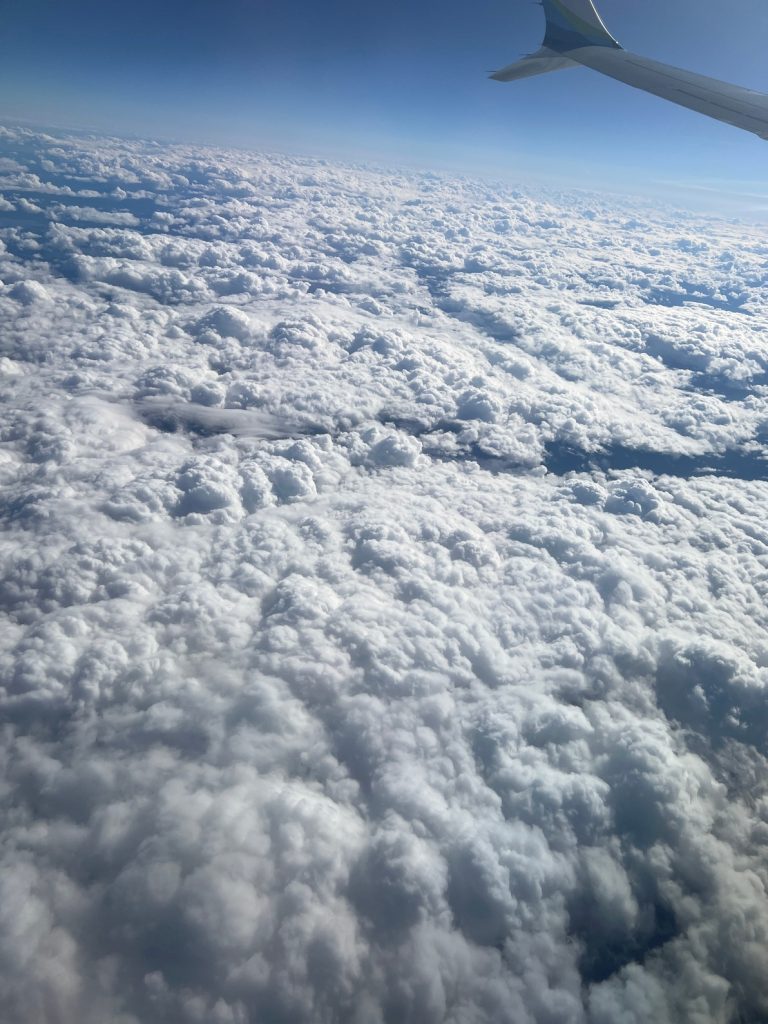
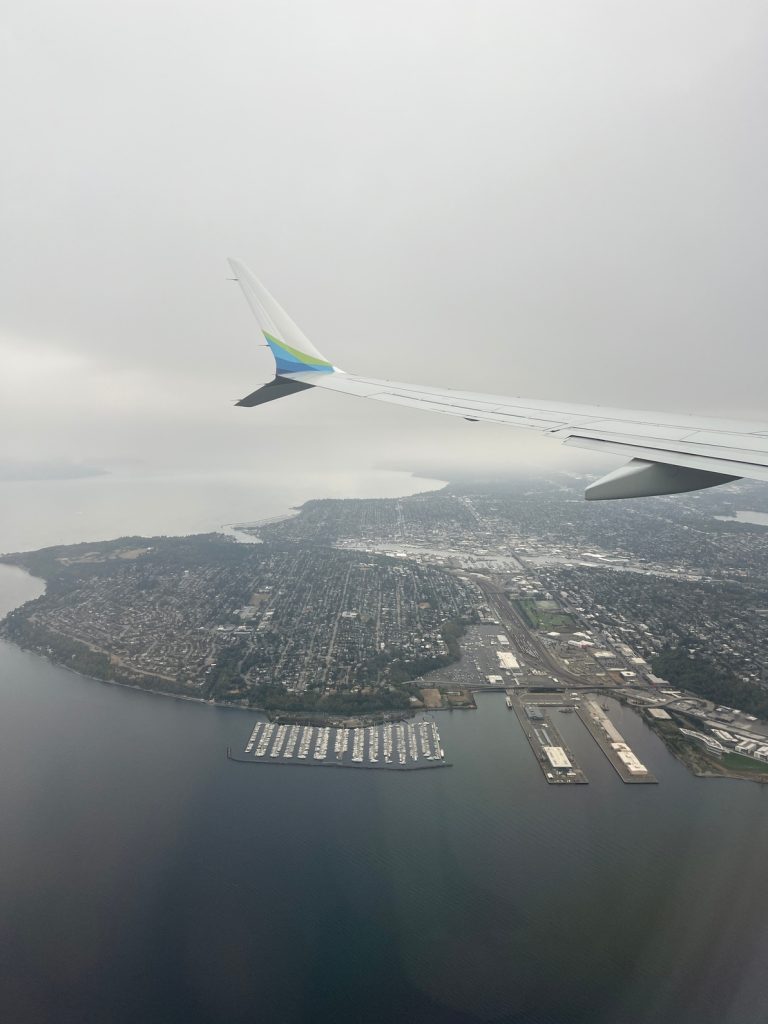
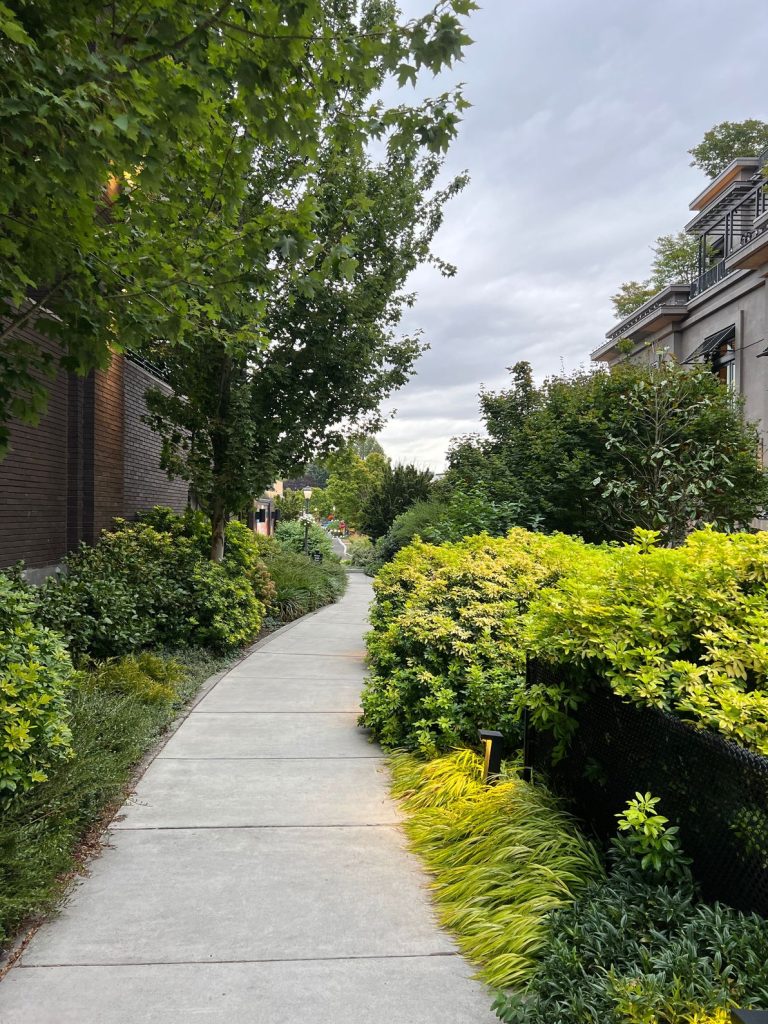
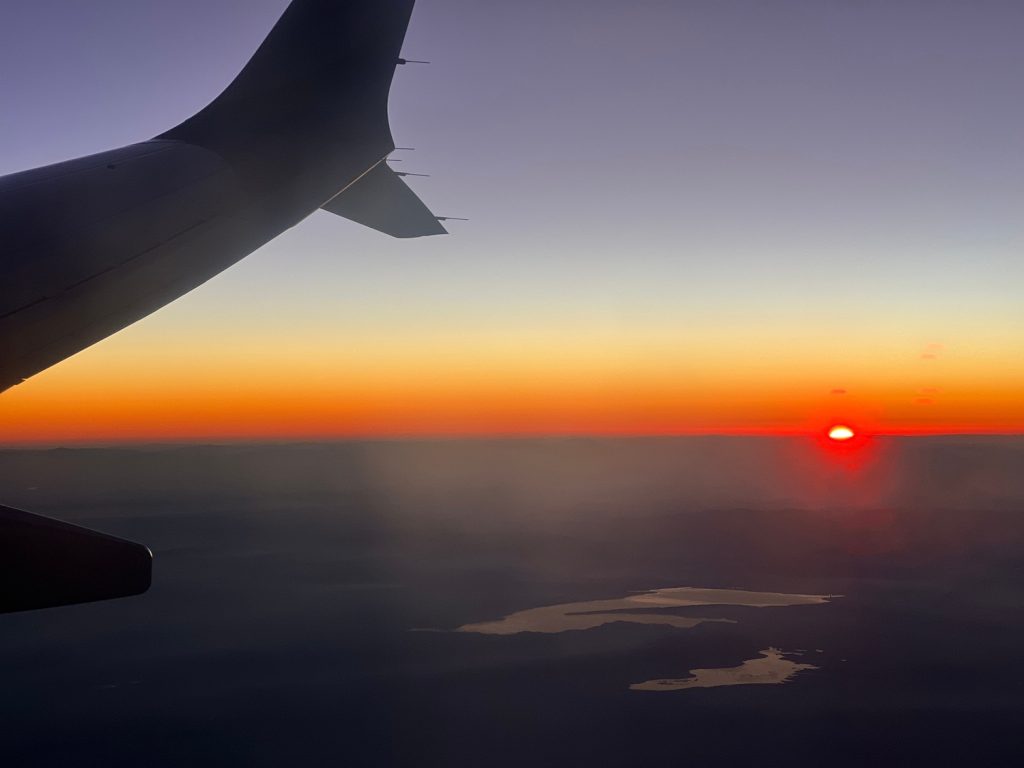
Let’s do our my part in making this world a better place to live, for us, and for our children.
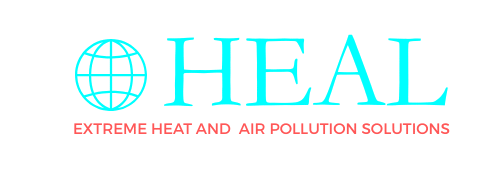

Leave a Reply